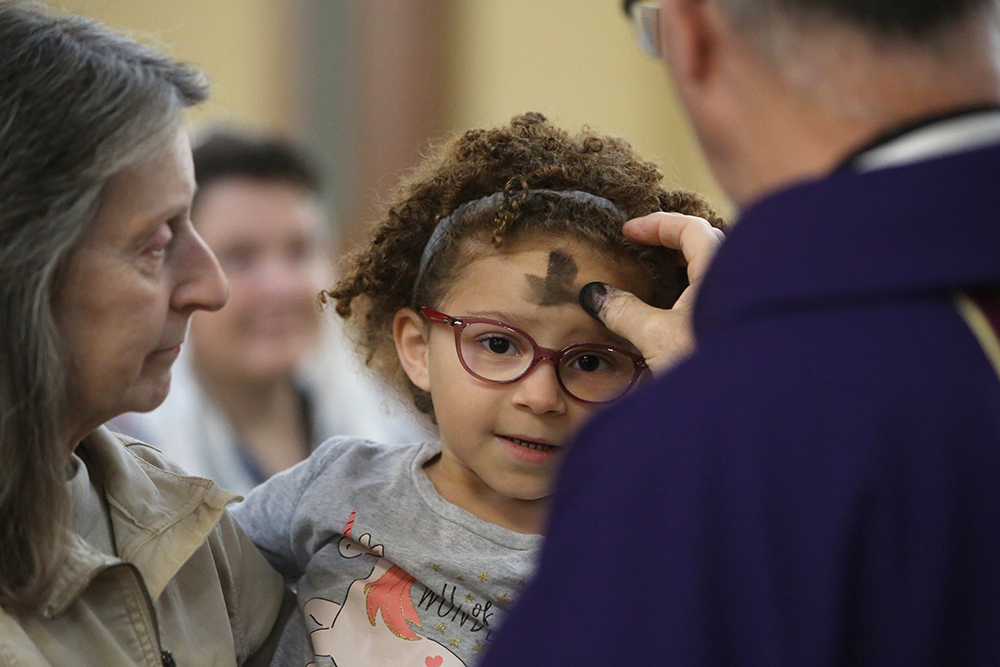
WASHINGTON — Ash Wednesday, on Feb. 14 this year, takes place on an earlier date than some years, which raises questions about why the holy day is not on a set spot on the calendar.
Its date changes each year to coincide with the moveable date of Easter. Ash Wednesday is 46 days before Easter, with 40 days of Lent and six Sundays in between that technically do not count as Lenten days of fast.
Easter’s date varies because it depends on the moon, linked to the tradition of the Jewish calendar’s celebration of Passover.
The church’s celebration of Easter on this changing date goes back a long time in history. In 325, the Council of Nicaea determined that Easter should be observed on the first Sunday following the first full moon after the spring equinox. That means Easter can fall on any Sunday between March 22 and April 25, and as a result, Ash Wednesday can take place at the earliest, on Feb. 4 and the latest, on March 10.
Another twist in the Easter date is that Eastern Christians follow the Julian calendar in calculating the date of Easter, and Western Christians follow the Gregorian calendar. This results in different days for Christian Easter celebrations.
Over the years, Church leaders have discussed having one fixed date for Easter but this has yet to occur.
Meanwhile, Ash Wednesday is always on a Wednesday and is one of two days, along with Good Friday, that are obligatory days of fasting and abstinence for Catholic adults — meaning no eating meat and eating only one full meal and two smaller meals.
The other key aspect of the day is that it is the start of the Lenten season of prayer, fasting, and almsgiving.
In recent years, almost half of adult Catholics, 45%, receive ashes — made from the burned and blessed palms of the previous year’s Palm Sunday — at Ash Wednesday services, according to the Center for Applied Research in the Apostolate at Georgetown University.
Parish priests say they get more people at church that day than almost any other — excluding Christmas and Easter — and the congregations are usually much bigger than for Holy Thursday or Good Friday services.
Jesuit Father Bruce Morrill, the Edward A. Malloy professor of Catholic studies at Vanderbilt University Divinity School in Nashville, Tennessee, thinks the appeal of Ash Wednesday is partly because participants receive a “marker of identity” as Catholics.
For many, it links them to the childhood tradition of getting ashes. It also links them, even if they are unaware of its origins, to an ancient church tradition.
The priest said the use of ashes goes back to Old Testament times when sackcloth and ashes were worn as signs of penance. The church incorporated this practice in the eighth century when those who committed grave sins known to the public had to do public penitence, sprinkled with ashes. But by the Middle Ages, the practice of penance and marking of ashes became something for the whole Church.
The day has rich symbolism, he said, of both flawed humanity and mortality. He pointed out that even though a large percentage of Catholics do not go to confession they will attend this very penitential service because they “get a sense of repentance and a kind of solidarity in it.”
“It touches on a deep sense of Catholic tradition in a way few other symbols do,” he added.
For those who are curious when Ash Wednesday will occur in the future, its date is marked out for the next several hundred years here: timeanddate.com/holidays/us/ash-wednesday.
